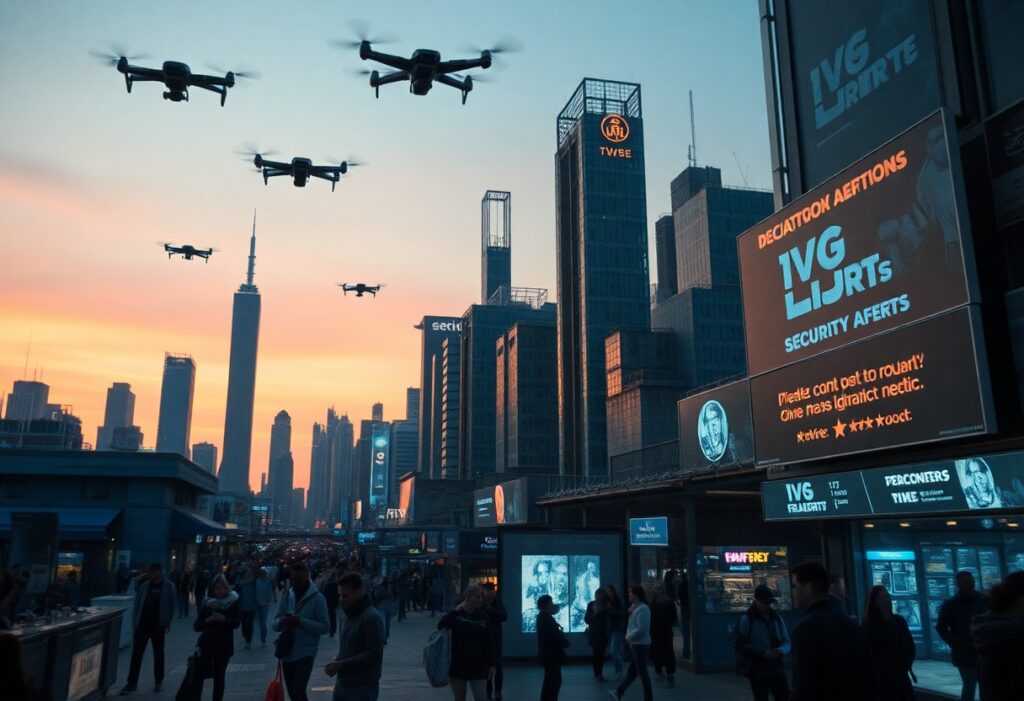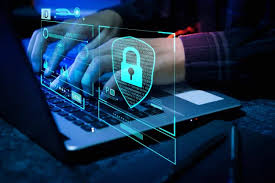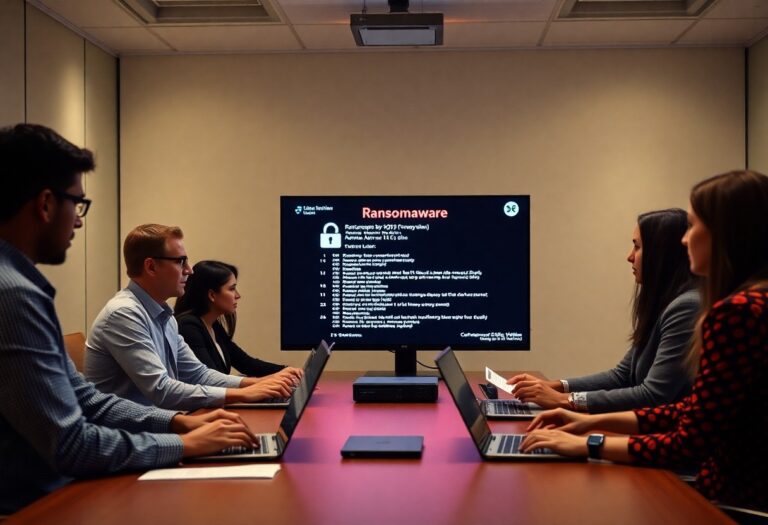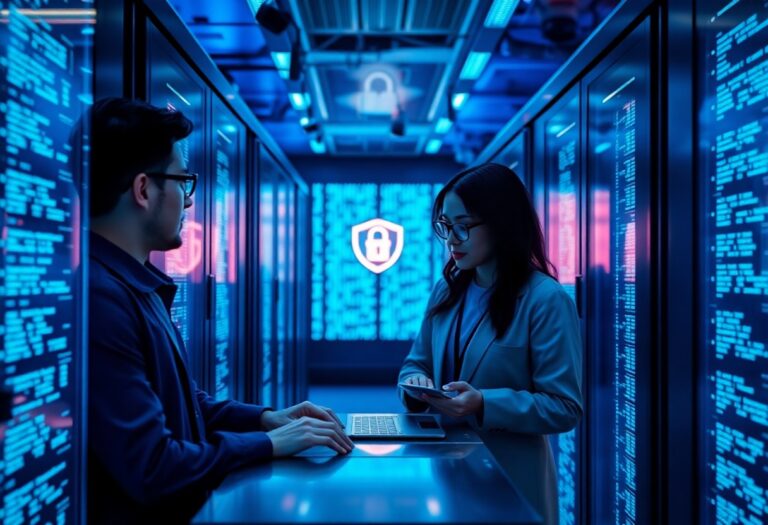“Zero Trust Security…Never Trust by Default…Always Verify…”
Traditional cybersecurity models rely on the Castle-and-Moat approach—trusting everything inside the network while being cautious about external threats. However, this outdated framework is riddled with vulnerabilities. With employees working remotely and organizations operating beyond physical boundaries, cyber threats have evolved. Attackers can infiltrate networks by bypassing insufficient security measures, making it imperative to adopt a Zero Trust approach.
A Wake-Up Call: Insider Threat
Monday blues hit hard for Rowan, an IT specialist at Organization Y. As he settled into work, he spotted Nico—his former colleague—wearing an official ID and requesting access to the server room. With a strong bond forged over late-night gaming sessions, Rowan granted access without hesitation.
Half an hour later, Nico left with an unusual smirk. Rowan dismissed his unease until, three hours later, the company suffered a devastating ransomware attack, compromising customer data and tarnishing its reputation.
Investigators uncovered the truth—Nico had resigned a week earlier, disgruntled by the toxic work environment. Using a duplicated ID, he manipulated Rowan and planted malware in the server. This insider attack underscored a harsh reality: trust is a liability. Zero Trust Security could have prevented this breach.
Why Zero Trust is Essential
As cyber threats grow more sophisticated, experts emphasize the necessity of Zero Trust Security for organizations. Here’s why:
- Rise in AI-Powered Cyberattacks: Hackers leverage AI for automated phishing and social engineering. Ransomware-as-a-Service (RaaS) further amplifies threats. Zero Trust Security mitigates these risks by enforcing strict access controls and continuous monitoring.
- End of Traditional Perimeters: Remote work, cloud computing, IoT devices, and third-party integrations have expanded the attack surface. Zero Trust adapts to this reality, ensuring secure access regardless of location.
- Supply Chain Vulnerabilities: Major breaches like SolarWinds and MOVEit highlight how attackers exploit trusted vendors. Zero Trust minimizes supplier access and isolates systems to contain potential breaches.
- Regulatory Compliance: Governments and industries mandate Zero Trust frameworks like NIST, CISA, and GDPR to avoid legal penalties and ensure data security.
- Escalating Costs of Data Breaches: In 2024, the average data breach cost exceeded $4.5 million. Zero Trust minimizes attack spread, reducing financial and reputational damage.
Core Principles of Zero Trust Security
To combat modern cyber threats, organizations must adhere to these fundamental Zero Trust principles:
- Explicit Verification: Authenticate users based on identity, device health, location, and behavior.
- Least Privilege Access: Limit access to only what is necessary, reducing privilege escalation risks.
- Micro-Segmentation: Divide networks into isolated sections to prevent lateral movement of attacks.
- Assumed Breach Mentality: Continuously monitor logs and activities, operating with the expectation that breaches will occur.
Implementing Zero Trust Security
Virtual Chief Information Security Officers (vCISOs) recommend the following strategies for successful Zero Trust implementation:
- Multi-Factor Authentication (MFA): Strengthens security by requiring multiple authentication factors.
- Device Compliance Checks: Ensures devices run updated, licensed security software.
- Role-Based Access Control (RBAC): Grants permissions based on employees’ job roles, minimizing unnecessary access.
- Continuous Monitoring: Tracks and analyzes activity logs to detect and respond to threats in real time.
Conclusion
Cyber threats are evolving, and organizations can no longer afford to rely on outdated security models. Zero Trust Security is no longer optional—it is a critical necessity. By implementing stringent access controls, continuous monitoring, and an assumed breach mentality, organizations can protect their data, reputation, and future. The time for Zero Trust is now.








